There are currently two TV display technologies with the best picture quality: OLED and Mini LED. The biggest disadvantage of the former is the price. OLED TVs above 85 inches usually cost six figures. So for an 85-inch Mini LED, coupled with 700nit full-screen brightness, 2400nit peak brightness, 1440 backlight partitions, 144Hz refresh rate, and 94% DCI-P3 color gamut, the price of such a TV is basically more than 15,000 yuan. In terms of parameters alone, the Xiaomi TV S Pro Mini LED 85-inch should be the best-quality large-screen TV within 10,000 yuan. However, we know that high parameters do not mean high picture quality. Xiaomi has adopted the following technologies to improve the picture quality of Xiaomi TV S Pro Mini LED.
1. New dynamic definition algorithm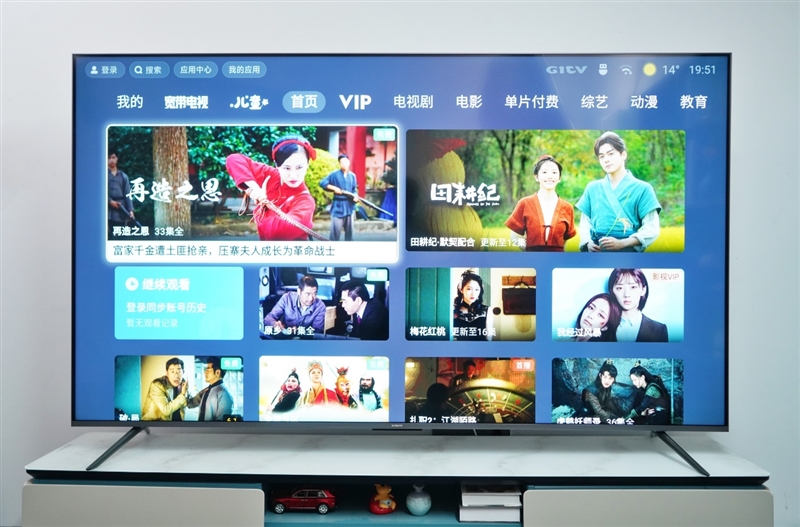
Xiaomi’s self-developed pixel overdrive control algorithm can effectively reduce pixel switching time, improve motion clarity, reduce tailing, and reduce the display’s input delay to the 4ms level.
This number is astonishing. The input lag of most gaming TVs is between 20 and 40ms.
2. Self-developed contrast enhancement and dynamic backlight algorithms
Xiaomi TV S Pro Mini LED 85-inch directly blocks the original chip algorithm and only replaces it with a self-developed dynamic contrast algorithm. The biggest change is that it can provide a black control effect close to OLED.
The self-developed dynamic backlight algorithm can finely control backlight brightness and improve highlight and dark field details.
According to the official data set, the Xiaomi TV S Pro Mini LED 85-inch machine has a brightness of 700nit and a peak brightness of 2400nit. According to our actual measurement data, the brightness of the whole machine is much higher than Xiaomi’s official figures.
Design and Build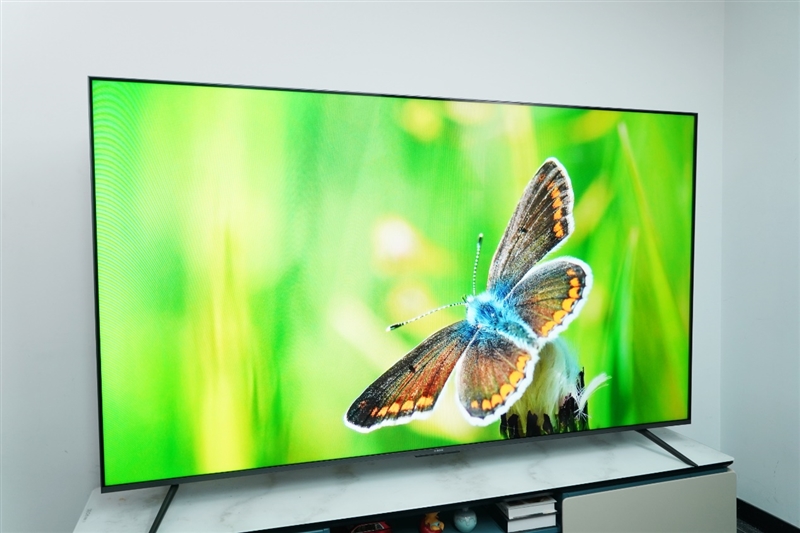
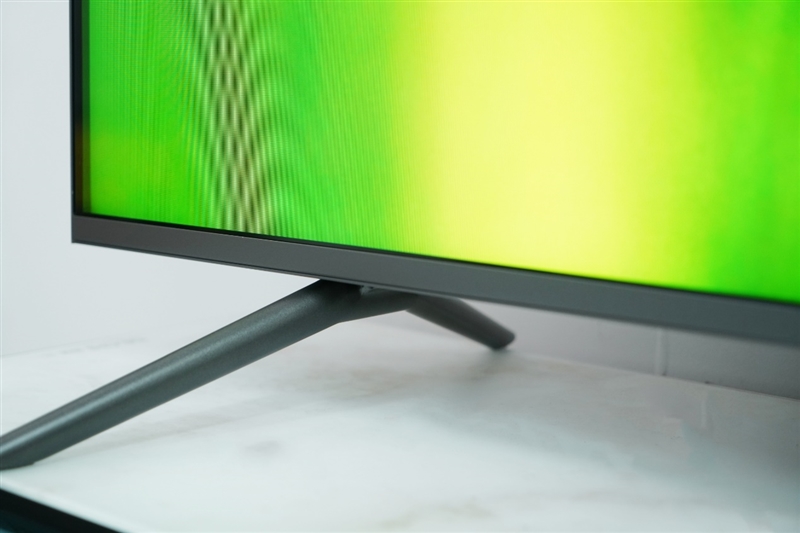
Xiaomi TV S Pro Mini LED 85-inch is a full-screen design with narrow borders on four sides, with a screen-to-body ratio of 97% and the Xiaomi logo in the middle and lower position. Something to note is that the span of the TV bracket is 44cm, so pay special attention to the size when choosing a TV cabinet. The dovetail bracket is too big to fit in the TV cabinet.
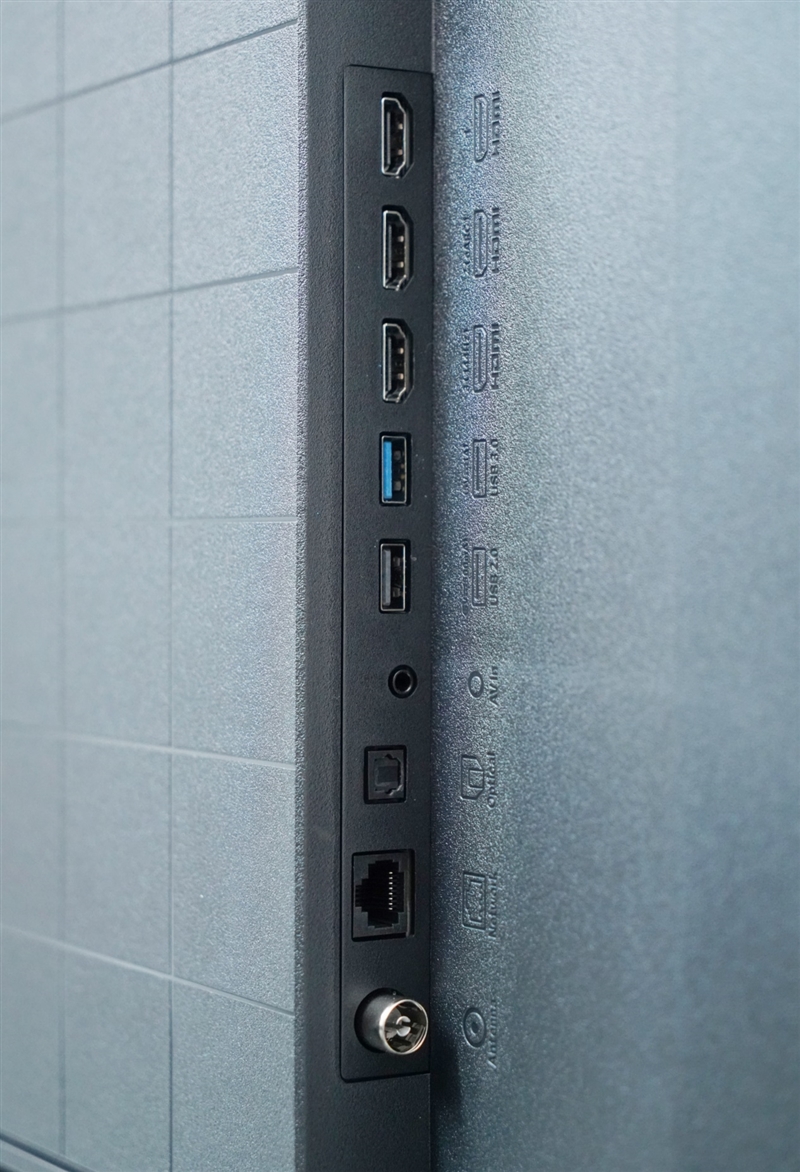
If you want to place the TV directly on the TV cabinet, the depth of the TV cabinet must be at least 500mm, otherwise, it is safer to install it on the wall. Since it uses a direct backlight, it cannot be made too thin. There is a school bag design on the back so that it can be placed flat against the wall when hanging.
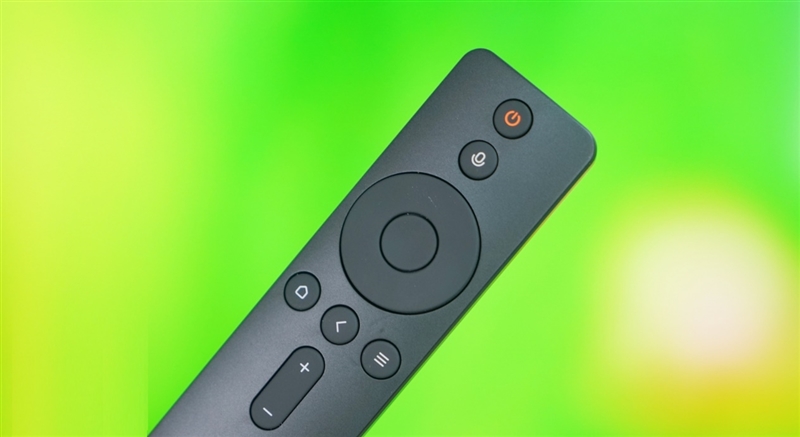
The I/O interface is on the left, and each interface is labeled. From top to bottom, they are HDMI 2.0, HDMI 2.1 (eARC), HDMI 2.1, USB 3.0, USB 2.0, AV in, Optical fiber, RJ45 network port, and an antenna interface. The overall layout of the NEC Bluetooth voice remote control remains consistent with previous Xiaomi TV remote controls, with the addition of NFC functionality.
Screen test
1. Color gamut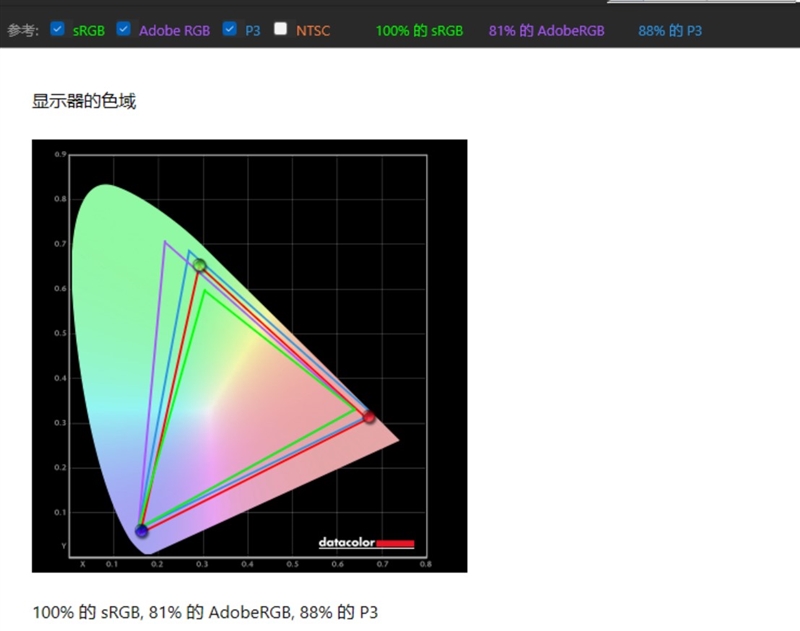
The measured 100% sRGB color gamut, 81% aRGB color gamut, and 88% DCI-P3 color gamut coverage.
2. Brightness contrast

In the measured SDR mode, the maximum brightness is 913nits, the contrast ratio is about 0600:1, and the white point color temperature is 7500, which is slightly colder.
3. Screen uniformity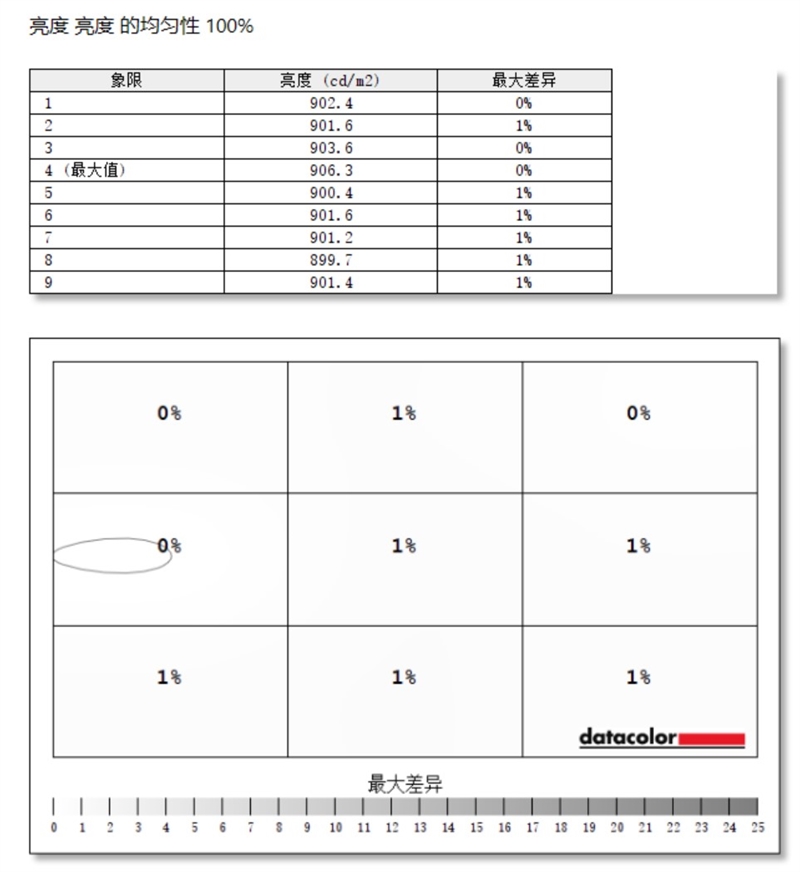
At 100% and 83% brightness, the brightness of this screen is very stable and uniform, with only a 1% deviation in the four corners, and no bright spots in the middle and dark corners.
4. Viewing angle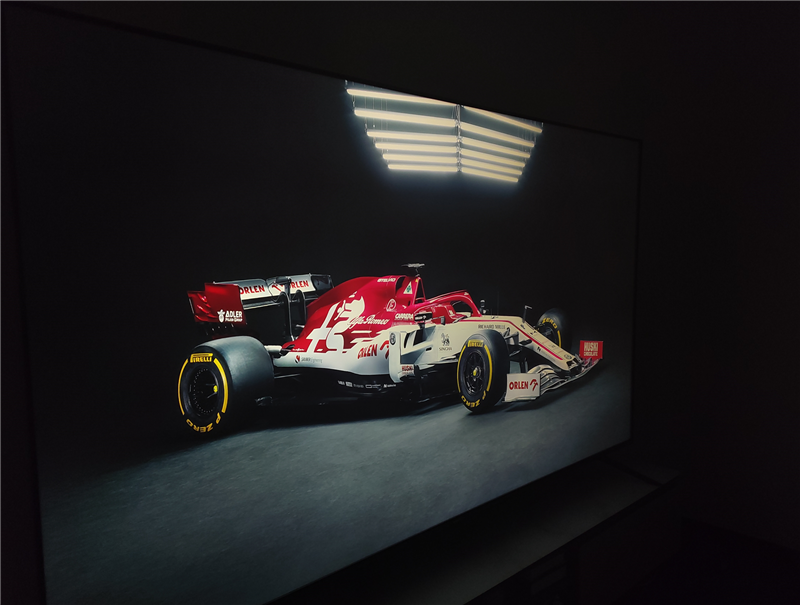

The picture can be seen completely clearly at 160 degrees, and color distortion is also within the acceptable range.
5. Delay test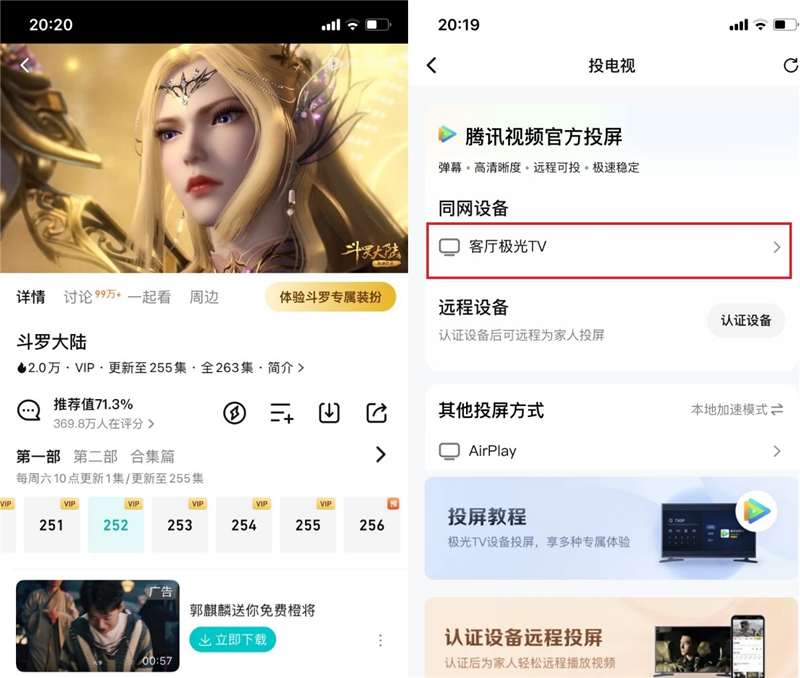
In monitor mode, the display delay is 17ms at a 60Hz refresh rate.
After adjusting the refresh rate to 120Hz, the latency is only 7ms, which is the lowest latency number we have measured so far.
The laptop we are using has a screen refresh rate of 240Hz.
We can make a preliminary judgment: in monitor mode, there is no display delay on the Xiaomi TV S Pro Mini LED 85-inch, and the delay in screen shooting is only caused by the screen refresh delay.
We can see that the TV and laptop screens are displayed almost completely synchronously, and there is no delay at all to the naked eye.
HDR image quality experience
The following are direct photos without any post-processing. Feel the black control ability of Xiaomi TV S Pro Mini LED 85-inch. Under such high brightness, the black screen almost does not emit light at all, which is almost comparable to OLED TV.
Screen casting experience
Xiaomi TV S Pro Mini LED 85-inch supports mobile phone screen mirroring, laptop screen mirroring, and APP screen mirroring.
Let’s take a look at video APP screencasting. This screencasting method is smoother than screen mirroring, and after the screencasting, turning off the phone screen will not affect the screencasting. Open a common video APP on your mobile phone. When playing a video, click the “TV” icon in the upper right corner. A search screen will appear. It will take about 2 to 3 seconds to find “Living Room Aurora TV”. Click it to cast the screen. Video played on a mobile phone.
Verdict
According to tests, the Xiaomi TV S Pro Mini LED 85-inch has a display delay of 17ms at a refresh rate of 60Hz. After the refresh rate is increased to 120Hz, the delay drops to 7ms. In fact, this is exactly the screen refresh delay time, so we can think that the display delay of this TV is actually much lower than 7ms, even close to 0. This is by far the smart TV with the lowest display latency we’ve ever tested.
With extremely low display latency, coupled with VRR adaptive frame rate, FreeSync Premium anti-tearing technology, 144/240Hz high refresh rate, and ultra-high brightness contrast, it can be said that this is a professional gaming TV. Another surprise is the brightness uniformity.
We tested the brightness uniformity at 83% and 100% brightness. The result is that the brightness difference of the entire screen is only 1% at most. There is no intermediate amount of dark edges on other TVs. Of course, the brightness performance of this TV cannot be ignored!
Xiaomi TV S Pro Mini LED 85-inch has a peak brightness of 2400nits and also has an incredible 100% full-screen large-window HDR brightness. According to actual measurements, it can reach 913 units. This brightness is already close to the small-window peak brightness of many high-end HDR1000 displays.
In terms of comprehensive hardware and picture quality, Xiaomi TV S Pro Mini LED 85-inch has no rival in the 10,000 yuan price range. Of course, we also hope that other manufacturers can quickly follow up and accelerate the popularity of high-end large-screen TVs!









